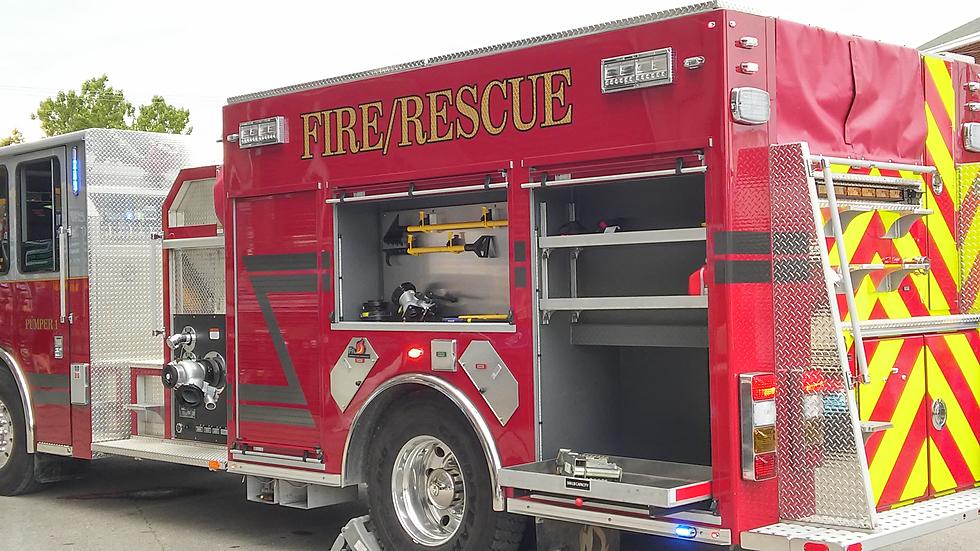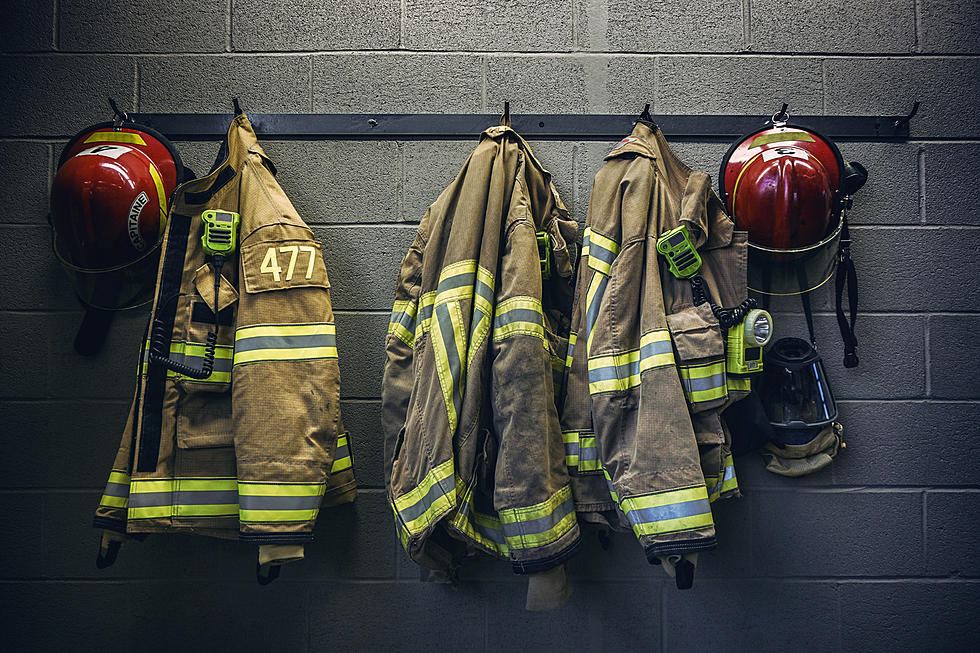
Can a Fire Truck Make It Down Your Driveway?
I've heard of streets being made wider to accommodate both parked cars and fire department apparatus traveling down the street. And fire departments always stress making sure first responders can see your address from the road. But this is a first for me, making sure a fire truck can get down your driveway.
Now, for those of us who live in-town with short driveways in a neighborhood. I don't think it's as big a deal. For those who live in more rural areas. Yaknow, where there are lots of fields and open land, where your home may be several hundred feet back from the road. This is more of a thing.
Recently the Knob Noster Fire Department Facebook page shared a post from the Holts Summit Fire Protection District Facebook page on this very thing. So why might the fire department need to get down your driveway quickly? The obvious reason is to fight a fire at your home. The less obvious reason is to fight a wildfire threatening your home. In either case, the more quickly firefighters can get to your home. The more likely they are to save it, your stuff, and perhaps even you.
Here's what you should do to make sure one of those big red fire engines can get down your driveway:
- Make your address visible from the road, and make sure it's easy to see from either direction.
- Make your home visible from the road so firefighters know it's safe to enter.
- Make sure your driveway is 12 feet wide and has at least 13.5 feet of clearance for fire department apparatus to get down your drive.
- Make sure your driveway is firmly packed and can support the weight of a firetruck.
- Make sure your driveway is free of gates, posts, or other obstructions that can hinder access.
- If you can, create a space at the end of the driveway where emergency vehicles can turn around when they reach your home.
Be safe. Heed those burn bans and red flag warnings. And help first responders help you in the event of an emergency.
LOOK: What major laws were passed the year you were born?
Gallery Credit: Katelyn Leboff
LOOK: The most expensive weather and climate disasters in recent decades
Gallery Credit: KATELYN LEBOFF
More From Mix 92.3









